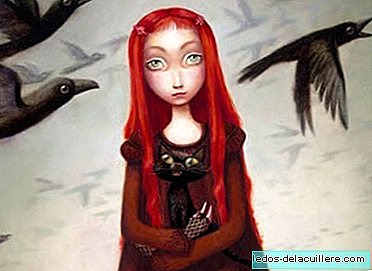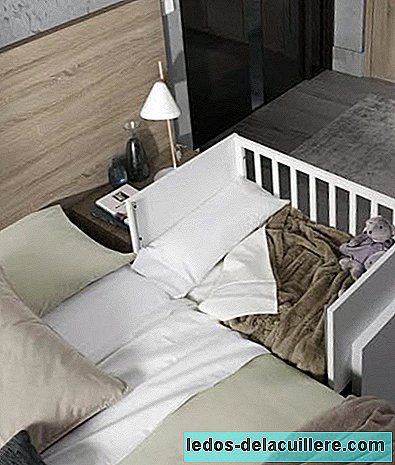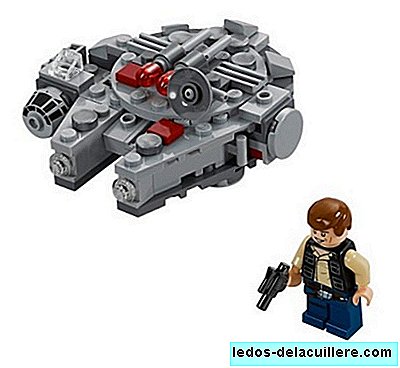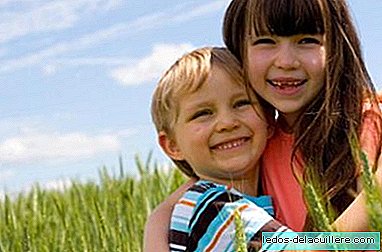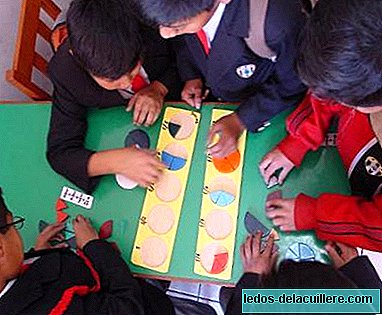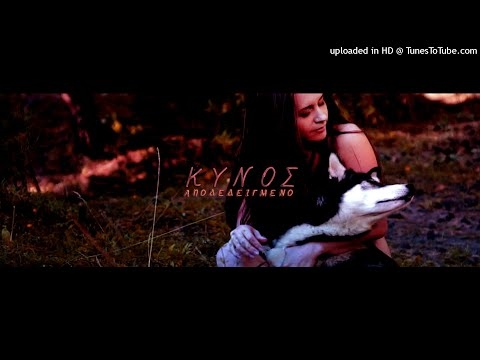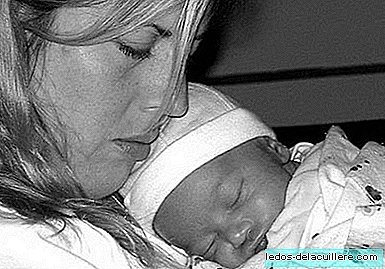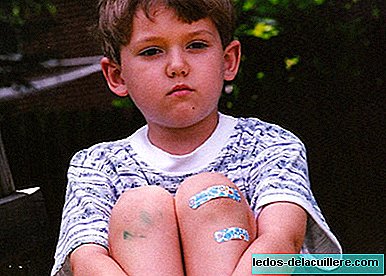
If last summer we offered some very valuable advice to act against traumatic childhood accidents, today we want to recommend a quick guide to act in case of accident (regardless of severity).
Mari Angeles Miranda already told us in this interview that both the numbers of child accidents (the first cause of death among children aged 0 to 14 in developed countries) and their consequences, they are a problem to correct. This expert also warned us that by applying the appropriate preventive measures, accidents are avoidable. So we find a reality that should be changed, but on which (on the other hand) we should intervene. By this I mean that any of us should be minimally prepared to act correctly when a child is injured.
To attend a child who has suffered an accident, for their safety and ours, it is advisable to follow an orderly behavior in three steps that are summarized in the acronym PAS (Protect, Alert and Help)
To protect: most accidents happen in safe scenarios, but this is not always true, and 'it is something that we must take into account in situations such as traffic accidents, fires, etc.'
Warn: in the event that the accident is serious, the emergency telephone number (112), or the emergency medical number (061) will be called.
Help: but first we must keep or regain our calm. The injured need to be reassured and comforted, for this we will talk slowly, using a soft tone of voice, and making us understand. The child also wants to know what steps we are going to take, and if any of our maneuvers can cause pain.
If we are facing a serious trauma, no unnecessary maneuvers! nor to mobilize the injured (unless their life is in danger). And we don't have to overvalue ourselves if we have no idea where to start, 'In these cases it is better not to act, ask for help and stay with the child'. And this is already a lot.
What else can be done?
In addition to trying to have First Aid training, as Júlia and Eva indicated, and to keep calm ... It is advisable to avoid crowds, study the environment in case the risk persists and those present must be evacuated, keep the victim warm, place it in a safety posture (lateral, although if there is suspicion of a back or neck injury, it is better not to move it!), and not provide medications, food or drinks.
In these information sheets of the Spanish Society of Pediatric Emergencies, it is detailed step by step acting before any type of child accident (burns, electric shocks, choking, ingestion of toxic products, wounds and falls / blows without injury). It is advisable to have them on hand.


